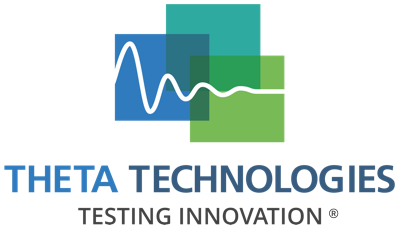Reduce risk and increase your bottom line
Non-linear NDT Solutions
Nonlinear acoustics (NLA), in the context of non-destructive testing (NDT), involves testing structures – components, assemblies, finished items – with sound or ultrasound and looking for a nonlinear response which is indicative of crack-like flaws. This approach differs from the field of nonlinear acoustics in physics, which looks at the behaviour of sound waves with very large amplitudes. In NDT we excite the structure with a linear stimulus and look for a nonlinear response as an indication of flaws.
NLA Solutions
Scanning
Traditionally scanning is conducted using manual techniques or using linear actuator stages. Manual techniques are susceptible to human factors – steadiness of the hand; mood; difference in opinion or interpretation. Linear stages are limited in their movement capability – perhaps only 1D or 2D scanning will be possible – but have many advantages over manual methods in terms of automation leading to consistency and cost-effectiveness. It is becoming increasingly common to deploy robots or collaborative robots (cobots) to extend the capability into 3D and beyond (e.g. ‘6-axis’ scanning) and to deploy more than one robot for large or complex structures.
Theta develops linear-stage and cobot scanning systems [link to or videos/images of RASCAL and 4G rig, 3G rig]. These are high-precision, fully automated systems which provide detailed NDT analysis of structures without human intervention.
We explain below the techniques that we use for scanning NLA.
1. Pulse Inversion
Pulse Inversion (PI) uses two pulses of ultrasonic energy. The first is transmitted into the structure, and the response of the structure is captured. After the structure has returned to equilibrium, a second pulse is transmitted. The latter is a phase-inverted (180 degrees out-of-phase) replica of the first pulse. The response of the structure is captured for a second time. These two responses are then summed to provide the residual response of the structure. If the structure is linear, the residual will be zero. If the structure is nonlinear, the residual will be non-zero, containing harmonics of the original pulse frequency.
2. Dual-frequency harmonic
This uses two simultaneous pulses of energy at two discrete frequencies. If the structure is nonlinear it will cause the two waves to mix and generate intermodulation products.
NLA Solutions
Triaging
Triaging in NDT is the process of rapidly assessing the condition of a structure and selecting a course of action. It is analogous to the process which occurs in medical emergencies. In NDT this results in a ‘go/no-go’ or ‘red-light/green-light’ system.
Theta uses nonlinear resonance (NLR) for NDT triaging. NLR exploits the phenomenon known as the “cracked bell” principle: if we strike an intact bell twice, gently and violently, it will resonate at the same frequency in both instances. If we strike a similar but cracked bell in the same manner, the resonance frequency will be lower in the latter strike. This is a nonlinear phenomenon, which we call ‘strain-dependent resonance’. It is possible to asses a structure very rapidly using this method – usually in less than a minute – which makes it very attractive for manufacturing environments.

Contact Theta
Theta Technologies Limited

Address
Theta Technologies Limited
3 Babbage Way
Exeter Science Park
Clyst Honiton
Exeter
EX5 2FN
United Kingdom
Terms & Conditions Privacy & Cookie Policy Anti-Slavery Policy © Theta Technologies. 2024


